Wheat, wormwood and other plants that changed history
Categories: History | Science | World
By Pictolic https://pictolic.com/article/wheat-wormwood-and-other-plants-that-changed-history.html10,000 years ago, man domesticated wheat. Or is she his? Everyone knows these plants, but not everyone fully understands the role they have played for humanity. If they hadn't been there, maybe we wouldn't have been there either.


It was this grain that forced our ancestors to switch to a sedentary lifestyle. Before that, they were hunter-gatherers who had to survive: natural gifts are limited, but they want to eat. Cereal crops (not only wheat, but also later cultivated oats and millet) allowed people to solve the problem of hunger. But the process was gradual.
Scientists believe that wheat originated from several wild cereals growing in Asia Minor, Southern Europe and North Africa. One of the first domesticated of them was wild spelt, common on the territory of the Fertile Crescent. Somewhere there, her forefathers discovered her for themselves.
It was nutritious, but had a disadvantage (like all wild varieties of cereals) - the grains immediately crumbled to the ground after ripening, so it was necessary to harvest an unripe crop. In order to have more spelt, about 10,200 years ago someone guessed to sow it, and then, gradually and under the influence of random factors, more and more resistant to threshing spikelets were selected. So about 6500 years ago, wheat appeared.
Simultaneously with wheat, barley was cultivated in the Middle East. It is even believed that it began to be cultivated earlier, but bread from it was inferior to wheat in both taste and nutritional properties. But barley became one of the basic crops in Russia, in most of the territory of which wheat simply did not ripen. The exact ancestor of barley is still unknown.
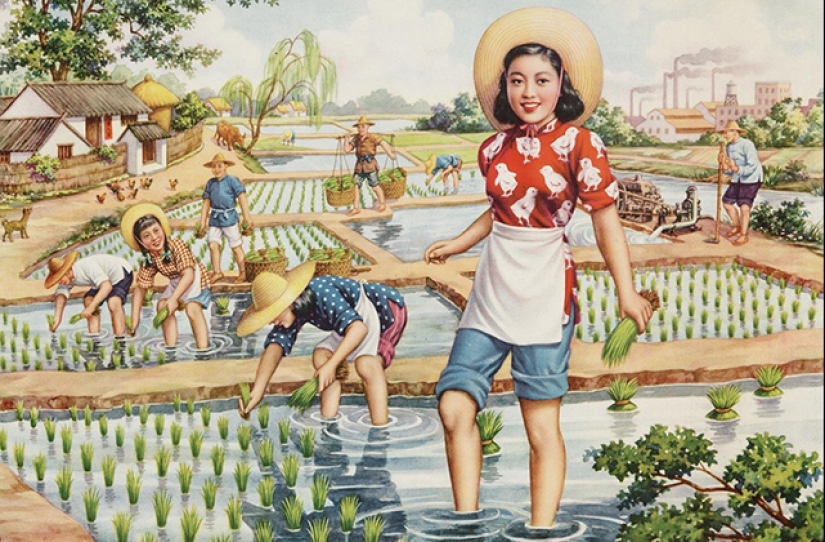
Like many other cereals, rice has been domesticated in different parts of the planet. However, the classic Asian rice is much older, for example, the African species. It began to be cultivated in East Asia about 9,000 years ago, having won the right to be called the main culture of the region. Today, most of humanity feeds on it (and about every seventh inhabitant of the planet participates in its cultivation, that is, rice gives work to more than a billion people).
The ancestor of rice is considered to be the wild form of Oryza sativa or Oryza nivara close to it, and possibly both of these species. Both still grow along the shores of reservoirs in China, Bangladesh, Cambodia, India, Malaysia. The ancestors of Asians simply took what was given to them by nature, although it was difficult to do this: wild rice seeds, like wheat, tend to crumble after ripening. But the cultivation of the plant has borne fruit.
Resourceful Asians, by the way, used not only seeds, but also straw, making rice paper and cardboard from it. And rice has long been considered a measure of wealth here — it was from Asia that the tradition came to us to shower the newlyweds with this cereal so that the house was full. In Japan, the word "rice" and the verb "eat" are denoted by the same hieroglyphs
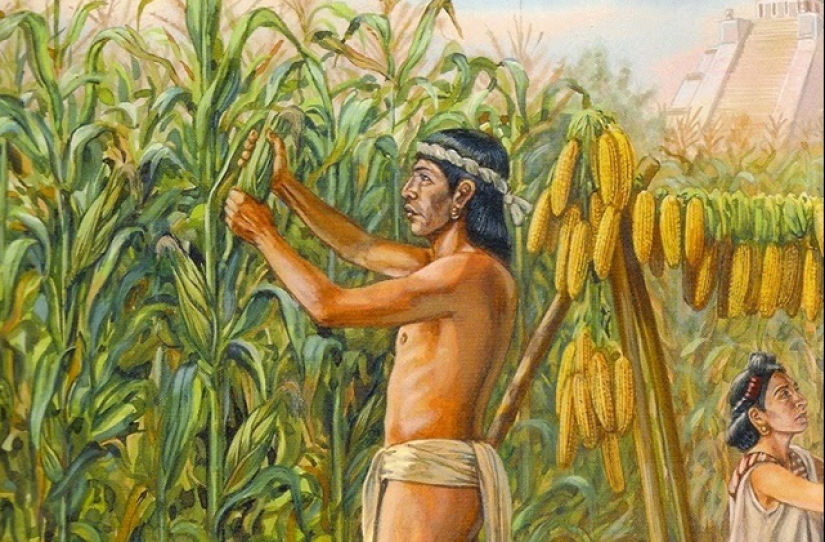
The third epoch—making cereal crop in the history of mankind is corn. It is the foundation of not only the entire Indian civilization, but also its religion. The Maya Indians believed that God created man from grains of white and yellow maize.
And all other representatives of native American culture considered corn a sacred plant: young women put branches from its stems on their heads, and necklaces of fried grains (the very ones that we call popcorn today — yes, it was the Indians who invented it) on their necks, and then whirled in ritual dances. According to the shape of the burst corn grain, they were guessing about the future, as we are on coffee grounds.
Corn was domesticated about 9,000 years ago in the center of the Balsas Valley in Mexico. And corn comes from the local wild plant teosinte, outwardly similar to its cultural descendant, but with much smaller ears. They are only 3-4 cm in length . And the cob itself is more like a spikelet. The ancient sons of Tenochtitlan had not only to increase the latter, but also to "soften" their shell — in the wild species it is hard.
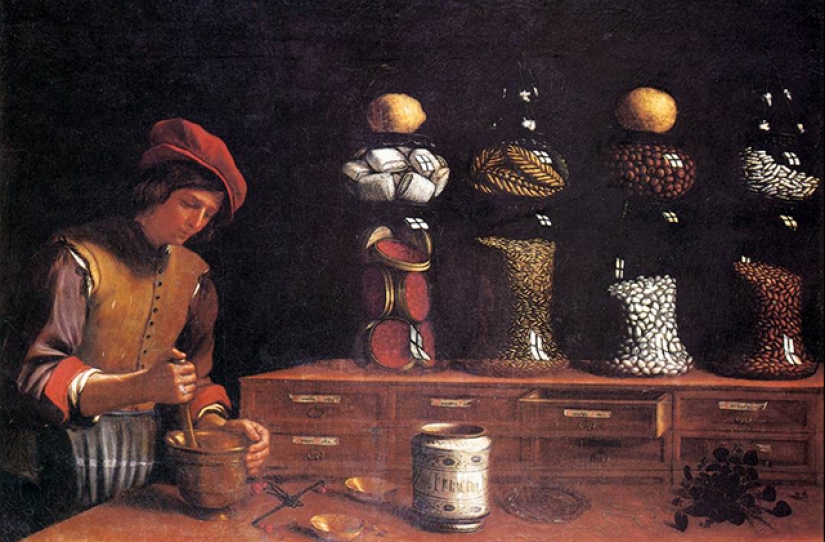
Cloves, cinnamon, saffron, pepper, bay leaf, ginger — the most fragrant spices grew in the tropics and for Europeans were exotic, reaching the consumer by slow caravans. Their price was cosmic, and if today we call a rich person a bag of money, in the Middle Ages they could say "a bag of pepper" about such a person.
Of course, the Europeans were looking for their own ways to reach India and other southern countries. But the cunning eastern businessmen described in colors the hardships of the way and the sea monsters that they would meet on the route. But the desire to enrich himself was greater than fear, thanks to which both the Americas, the Philippines, the Greater Moluccas and the Sunda Islands were discovered, the way to the Indian Ocean around Africa was paved, and Magellan made his trip around the world.
By the end of his expedition, which initially consisted of five ships, there was only one small ship left, but even those spices that remained on it were enough for the team members to pay huge debts for the loss of ships and even make a profit). Wars were waged for the right to grow and supply spices, new territories were seized — all European colonies were created primarily with the aim of mastering the "spice" monopoly.
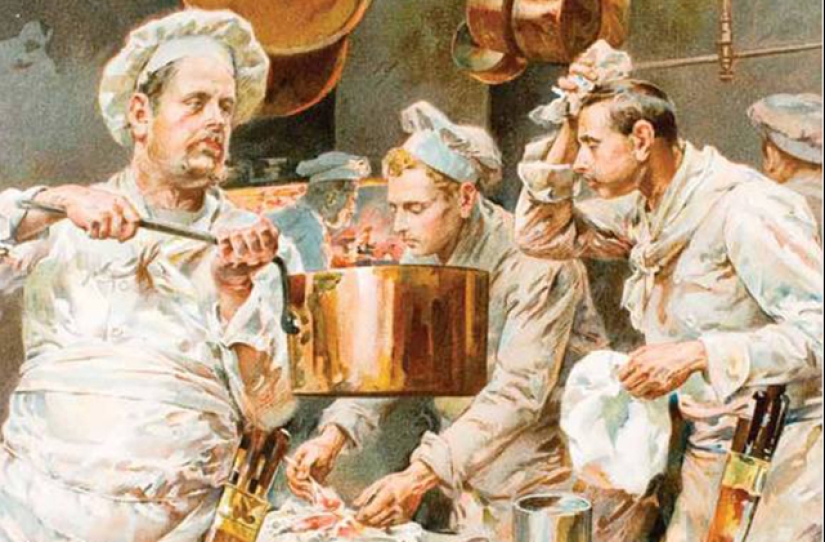
By the beginning of the XX century, the problem of hunger even in developed countries began to increase. Those were certainly not primitive times, but population growth and life expectancy required additional resources in the form of cheap protein. That's what soy has become. They knew about it before — according to some sources, the first mentions of beans appeared in China and date back 5,000 years ago.
The inhabitants of the Celestial Empire managed to cultivate the plant and increase yields, and today soy is considered the most important component of the world food market.Soy protein is not inferior in nutritional value to milk and egg: the seeds of this plant contain 37-42% protein, 19-22% oil and up to 30% carbohydrates. At the same time, the price of soy production is much lower than meat and dairy products, and it itself is a safe substitute for them.
If it were not for soy, our grocery basket would cost more, and many people in the XX and XXI centuries would simply die of hunger or at least experience a total protein deficiency. In addition, soy is one of the main fodder crops for pets.
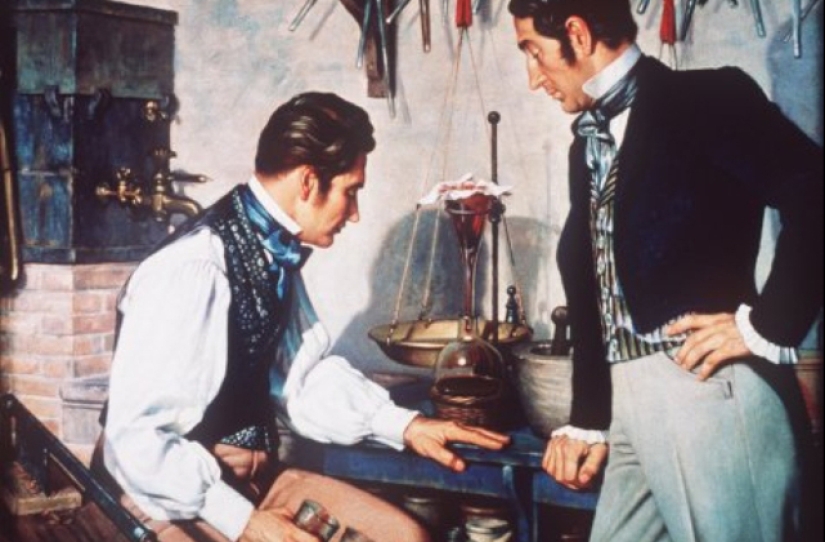
Even 200-300 years ago, malaria was considered one of the most common and dangerous diseases on earth. It was especially rampant in countries with warm, humid climates. With the discovery of the New World, where the cinchona tree grew, the situation improved dramatically.
However, not immediately — it took time to discover the miraculous properties of the plant and learn how to treat malaria with it. And although the Indians knew the cure for this ailment, they were in no hurry to reveal the secret of its preparation to the conquerors. And when the European doctors did recreate his recipe, the global malaria epidemic began to decline.
And in the 1970s, Chinese scientists under the guidance of pharmacologist Tu Yu isolated from wormwood decoction a substance they called qinghaosu (in Western pharmacology it was called "artemisin"), which to this day is considered the most effective drug against malaria.
In general, there are a lot of plants that have played a key role in our history: millet, oats, papyrus, cotton, flax, sugar cane, tea, potatoes and others, but that's another story.
Recent articles

Minimalism is coming. This style is especially popular in Japan, where the influence of Zen Buddhism turns into a desire for ...

Watch a selection of rare archival footage of the XX century stars posing with their moms. Looked like her Marilyn Monroe, ...

Young American photographer Josh Aikin burst into the world of advertising photography unexpectedly and immediately added fresh ...